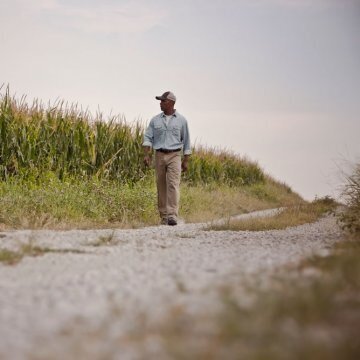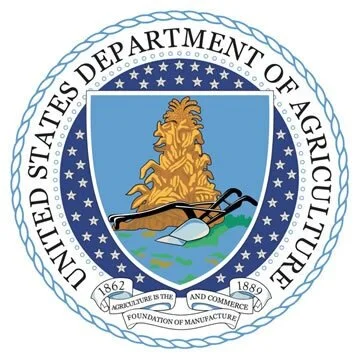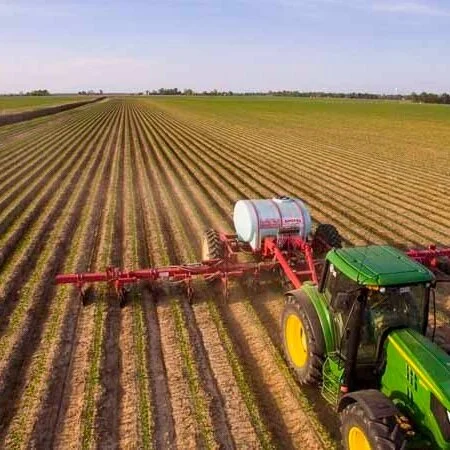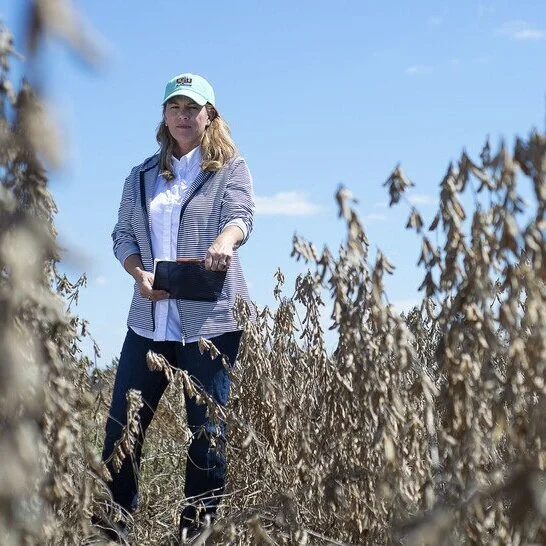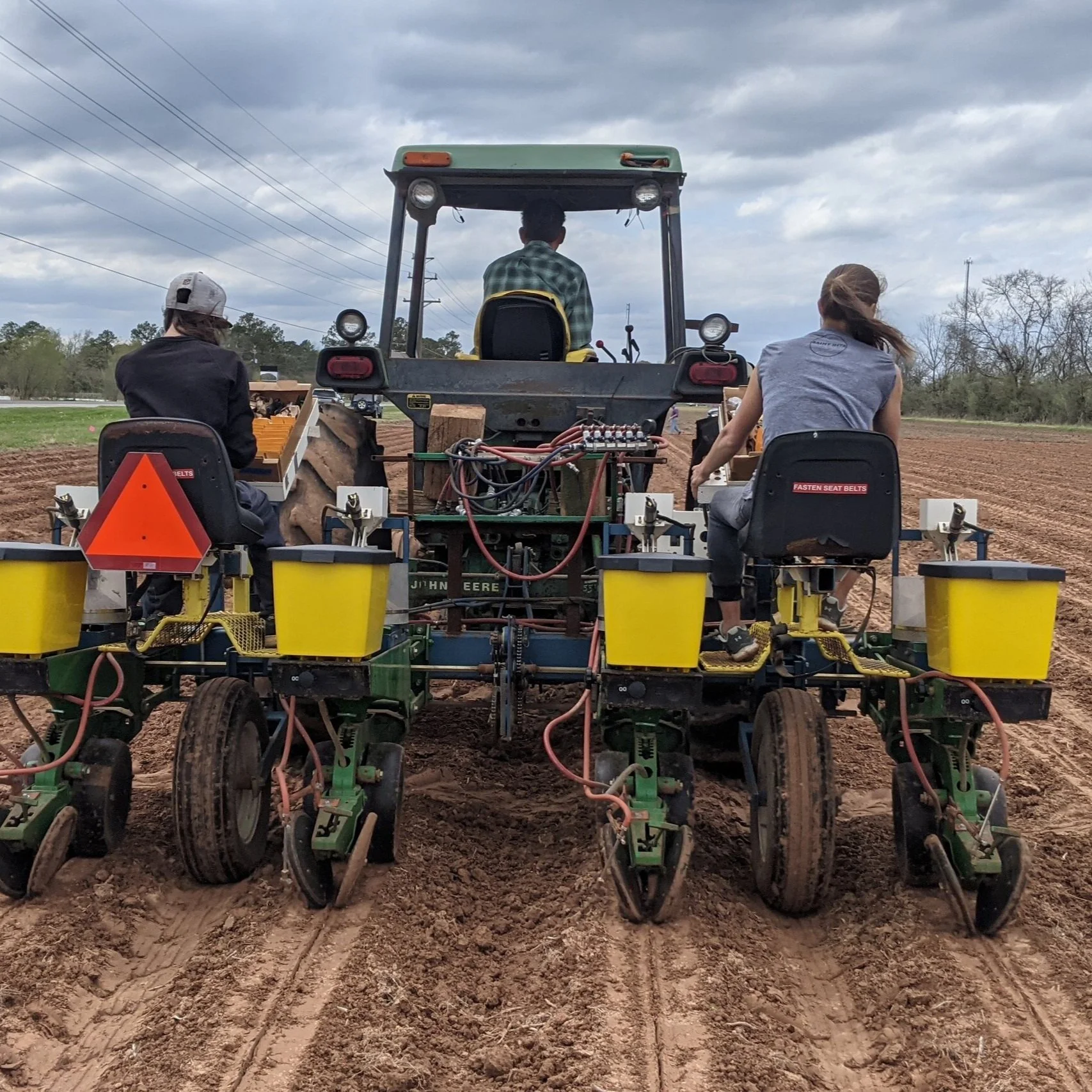WASDE Report Bullish For Corn, Wheat, Bearish For Soybeans
USDA on Friday lowered corn ending stocks for the 2020-21 by 150 million bushels (mb) to 1.352 billion bushels (bb) but held pat with soybean ending stocks at 120 mb.
USDA raised corn use for feed, seed and industrial use, as well as exports to drop the ending stocks for the crop.
Read More
What's Behind Slow Sales For Brazil's New Crop Soybeans
Brazilian farmers are a bit slower this year at advancing grain sales for new crop. Overall Brazil has sold about 15% of its 2021/2022 crop versus 25% last year at this time. Why?
First, anybody that has sold anything in the last 12 months probably regretted it as prices have continued to steadily climb higher. They have been rewarded for being patient. Second, as profit margins have improved, so have farmers’ cash reserves. This allows them to pay cash for more of their inputs rather than doing a soybean trade, which means locking a portion of their crop at harvest at much higher interest rates.
Read More
U.S. Soy’s Commitment to Advancing Good Nutrition and Health for All
Everyone deserves the opportunity to enjoy good health.
Access to nutritious food is foundational for people to realize that opportunity.
These are simple universal truths. They are also urgent calls to action.
The 2020 Global Nutrition Report shows one in nine people across the globe is undernourished. One in three is overweight or obese. Almost one in four children under the age of 5 faces stunted growth from malnutrition. In short, too many people lack access to nutritious food, and health is suffering as a result.
Read More
Louisiana Soybeans: 2021 Planting Beginning About a Week Behind
The soybean planting season in Louisiana has had a slow start in 2021 due to weather conditions. The USDA-NASS report on March 28 indicated there were no soybean acres planted, where normally 2% of the soybean crop would have been planted. The ice storm in mid-February slowed down field preparation and weekly rains kept fields too wet to plant.
Read More
Stepping on Stepped-up Basis Has Big Consequences
Any change in capital gains tax policy that eliminates or scales back stepped-up basis could result in a massive tax burden on the agricultural sector according to new analysis by the American Soybean Association and the American Farm Bureau Federation.
To minimize the impact of burdensome capital gains taxes, farmers and ranchers use stepped-up basis, which provides a reset for the asset value basis during intergenerational transfers. The magnitude of the tax burden that would be felt if basis is taken away or reduced would likely significantly exceed the annual income generated by the assets, something that has soy and other American farmers concerned.
Read More
Cotton, Rice Down, Corn, Soybeans Up In Latest NASS Report For Louisiana
Louisiana Prospective Plantings Report, March, 2021
Read More
Louisiana Soybean Farmers Are Optimistic About Crop; Here's Why
Soybean farmers are cautiously optimistic about this year’s crop, thanks to steadily increasing prices and a worldwide increase in demand that is triggering more activity at export facilities.
Read More
USDA Announces 2021 Marketing Assistance Loans Rates For Wheat, Feed Grains, Oilseeds, Rice & Pulse Crops
The U.S. Department of Agriculture’s Commodity Credit Corporation (CCC) today announced the 2021 Marketing Assistance Loan rates.
Marketing Assistance Loans provide interim financing to producers so that commodities can be stored after harvest when market prices are typically low and sold later when market conditions may be more favorable. The 2018 Farm Bill extended the Marketing Assistance Loan program, making production for the 2019 through 2023 crops eligible for loan benefits.
Read More
Rebuilding The Grain Bin Destroyed by Hurricane Then Tornado
To understand the weather challenges of growing crops in the Blacklands of North Carolina, the story of both a hurricane and tornado that did in the grain facility of Green Valley Farms near Columbia in Tyrell County fits the bill perfectly.
Read More
Louisiana Soybeans: Insecticide Seed Treatment Decisions
One of the most important decisions producers must make when planting soybeans in Louisiana is planting date. Soybeans have the utility to be planted in early March to late June. This wide variation in planting dates potentially exposes seedling soybeans to a multitude of insect pests that affect both above and below ground plant structures.
Read More
Pro Farmer Survey Shows Farmers Plan To Plant Record Corn & Bean Acres In '21
As the acreage battle continues to play out, a Pro Farmer member survey shows better commodity prices are attracting more acres this year.
The Pro Farmer/Doane survey revealed farmers plan to plant more acres, with total area planted to crops in the U.S. expected to rise to 319.4 million acres. That would be up nearly 3%, or 8.9 million acres, from 2020. If the survey findings hold true, it also means U.S. acreage will hit the highest level since 2018.
Read More
Collaborative Checkoff Partnership Leads to Sustainable Soybean Oil Commitment from Goodyear
Soy checkoff research funding and partnership with The Goodyear Tire & Rubber Company has led to a multi-decade commitment by the tire manufacturer to source sustainably produced U.S. soybean oil, phasing out petroleum-derived oils from its products by 2040.
Read More
Do Winter Cover Crop Seeding Rates & Soil Type Impact Soybean Production?
Integrating winter cover crops into an agricultural system is not new, but the potential for improved soil health and crop production have renewed producer interest over the past decade. According to a recent U.S. Department of Agriculture survey, cover crop acreage increased by 50% between 2012 and 2017 across the United States and includes expansion of acreage in the Mid-South. This has prompted university research to evaluate cover crops and soil conditions specific to that region. It has been well documented that winter covers can improve various soil properties. However, questions regarding their impact on crop yield still remain
Read More
2021 LSU AgCenter Planting Date Trial
The first planting of a planting date trial was sown at the Dean Lee Research Station on March 22, 2021. This research trial will also be planted at the Rice Research Station and the Macon Ridge Research Station in 2021. LSU AgCenter scientist from all three research stations will collaborate to evaluate the performance of soybean plots after planting from late March to mid-late June. The objective of the trial is to understand the effect of temperature and photoperiod for each region, maturity group, and planting date. In addition to yield data and timing of growth stages, fungicide efficacy and protein and oil content data will be analyzed to better understand how the environment affects soybean growth and development.
Read More
Planting Begins in the South
Farmers in southern states are starting to plant their crops. Texas farmers have about a quarter of their 2021 corn crop planted while farmers in Louisiana have 14% of their corn in—both states showing about average progress. There are also reports that some of the spring wheat crop is being planted in North Dakota.
Read More





